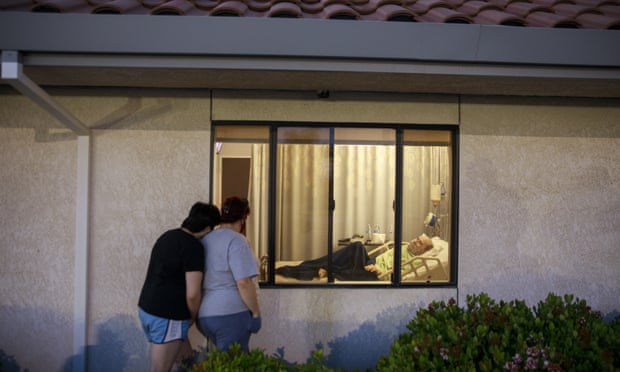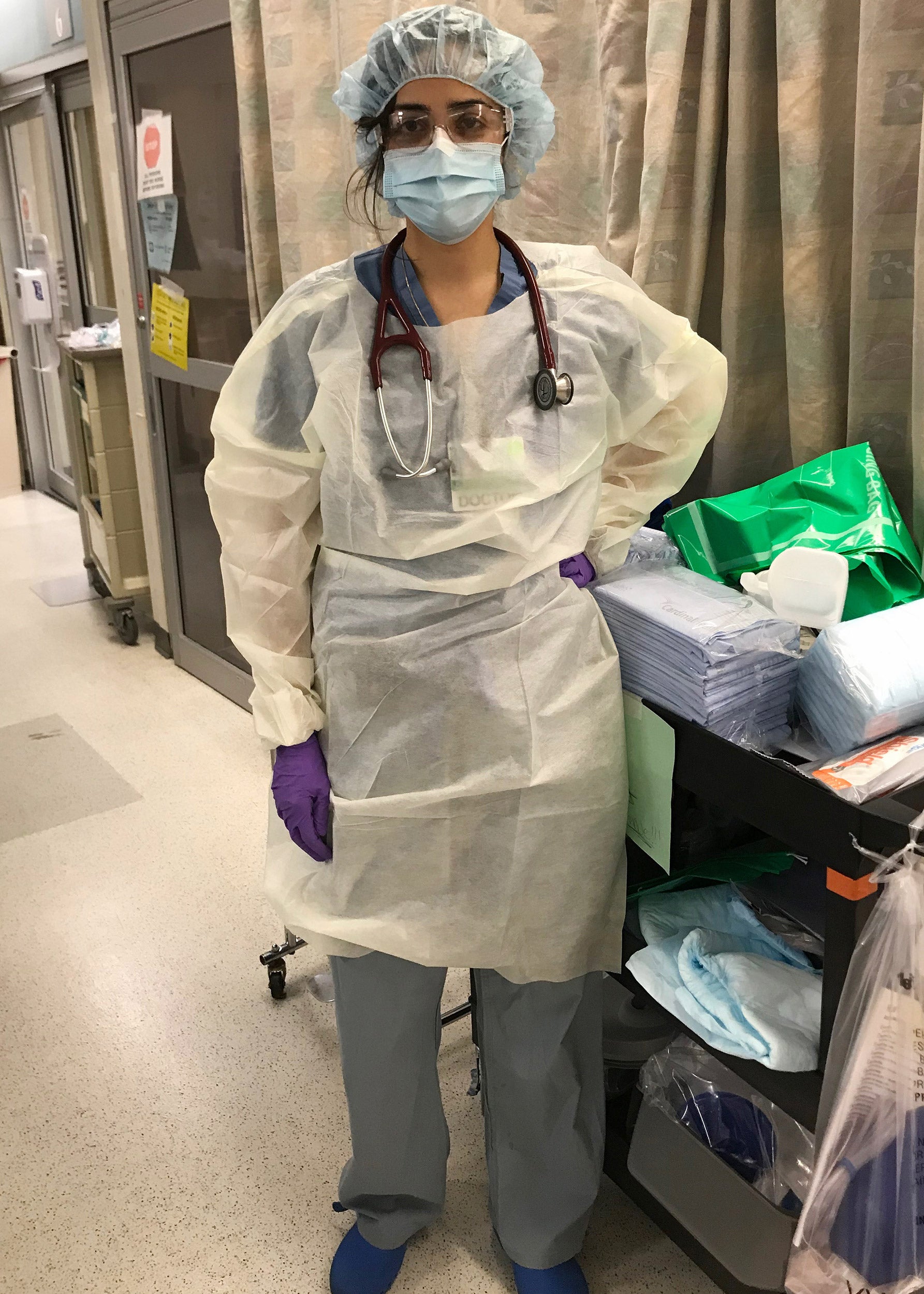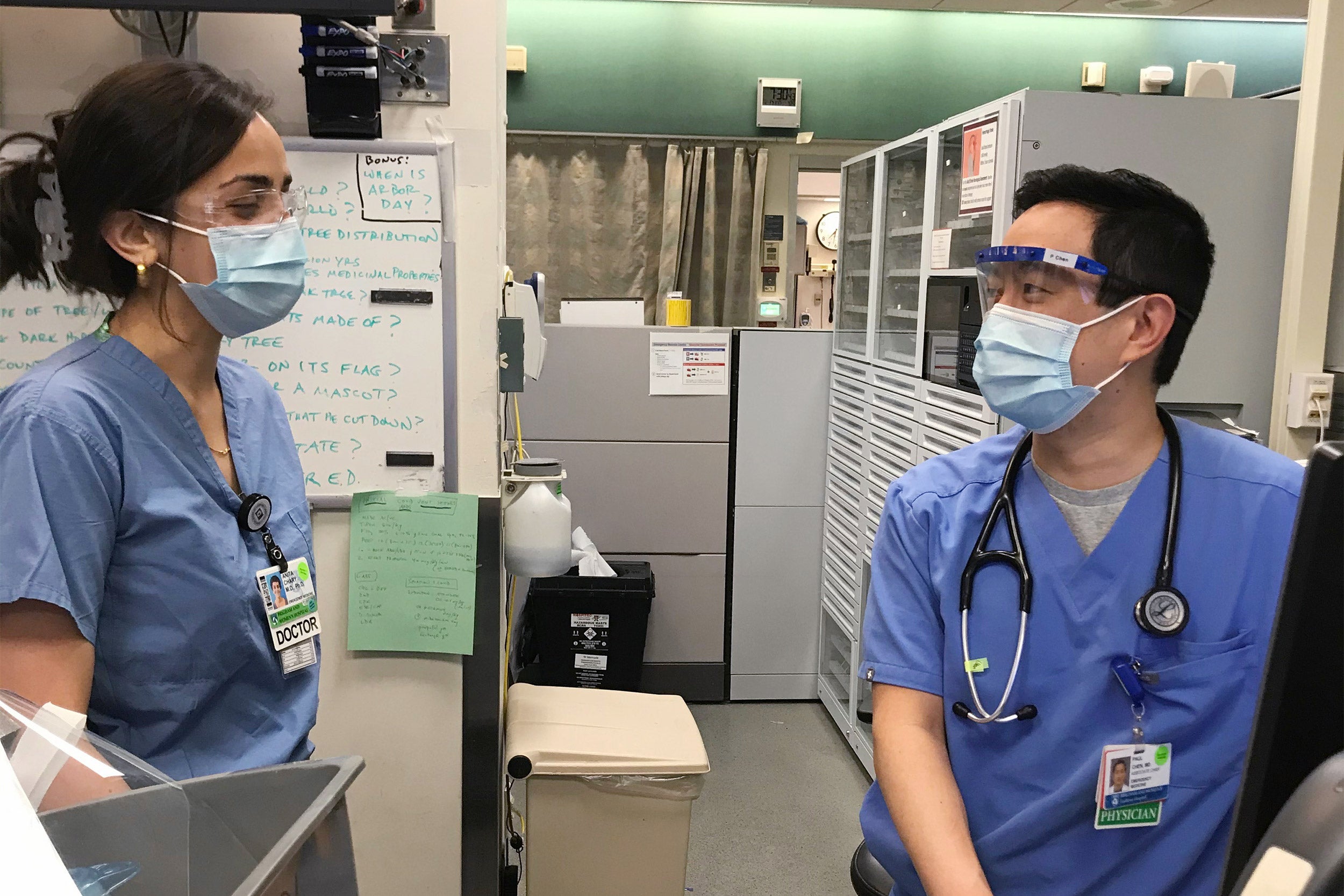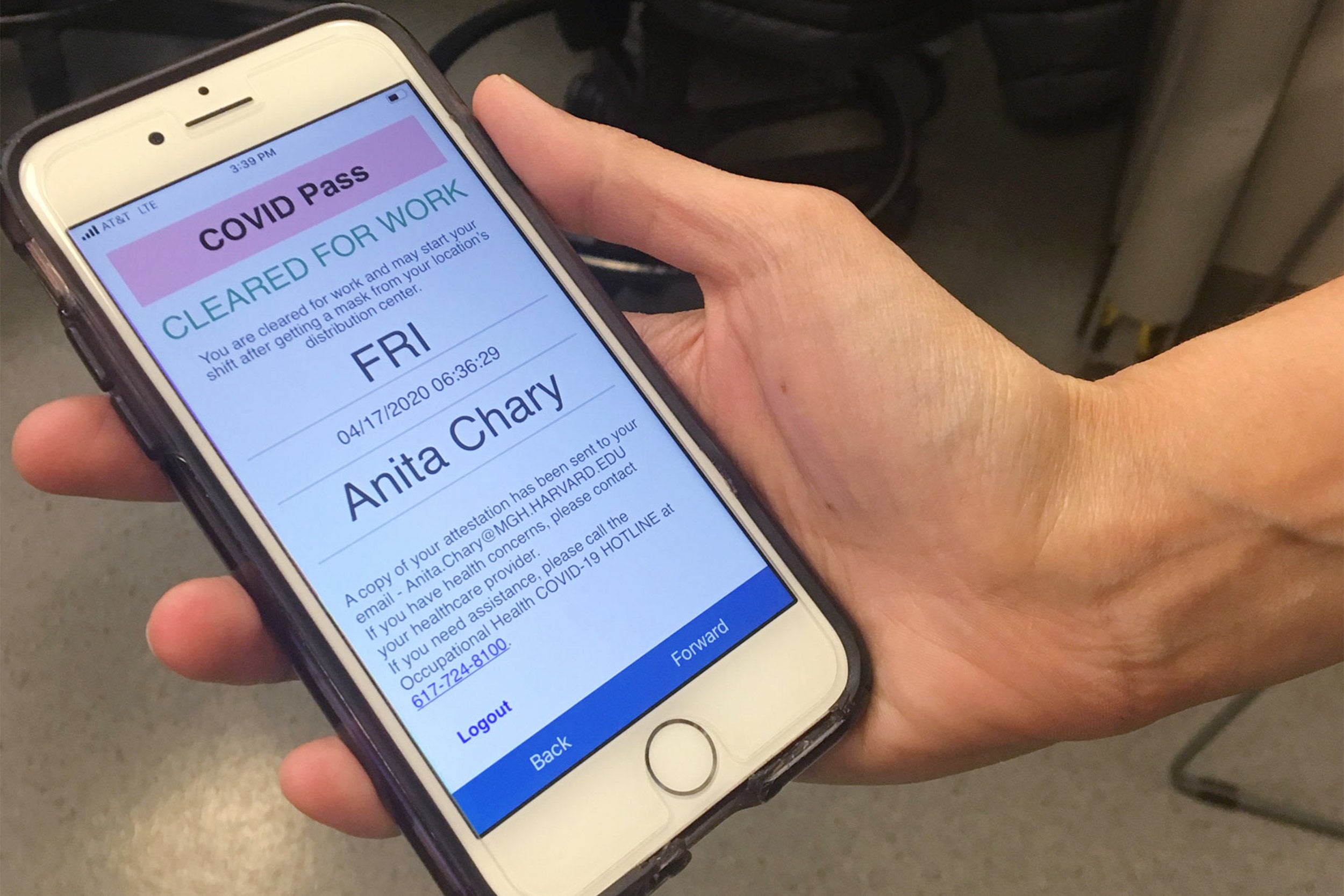Work for food Upkeep of agriculture during the lockdown will keep Nepal fed, make the country more self-reliant and resilient ...... Dasain is 24-27 October, Tihar 13-16 November and Chhat a week later. ..... These are family and community festivals, a time for get-togethers at a time when we should be careful about getting together. ....... Keep strictly to lockdown rules, maintain physical distance even within the family, not so much to protect ourselves but to protect others. ......... The current maize-planting season and the upcoming rainy season are opportunities to ensure that no Nepali goes hungry and ensure food security for Nepal at these difficult and uncertain times. The government should be proactively telling farmers that the lockdown does not include them, as long as they maintain physical distance. ....... This is not food for work, it is work for food. The upkeep of Nepal’s agricultural infrastructure during the lockdown will yield dividends far into the future, keep us fed, make us more self-reliant and resilient. .........
We survived a ten year armed conflict, the earthquake, the Blockade and now we must outlive a pandemic.
........ Many countries that took in able bodied Nepalis as labour in the past may be sending them back. We have to welcome them, not as extra mouths to feed, but extra hands to get Nepal back on its feet to feed itself.The India connection in Nepal’s COVID-19 status
Returnees may be taking coronavirus to rural Nepal With inadequate medical facilities and influx of people, western Nepal could be the next hotspot ....... A week before Nepal declared a nationwide lockdown to prevent imported COVID-19 cases, close to half a million Nepali migrant workers from India crossed the border into the country without any screening. ......... Another 1.5 million people left Kathmandu Valley for their home districts ....... “Local governments should not waste any time to track down such individuals and place them under quarantine immediately.” ........ Local governments in rural Nepal have no record of people who have come home, and are just starting to collect information of recent returnees. ..........
“If anyone is infected here, it is going to be a disaster. All we have are thermometers,” says Padam Giri, mayor of the Budhinanda
municipality in Bajura, one of the remotest districts in northwestern Nepal. ...... “So far no one has shown any symptoms, but if anyone did, we do not even have test kits.” ........ The mountainous districts of western Nepal are considered to be the most vulnerable because every family has at least one worker in India who has now returned. It was also western Nepal which was worst hit in Nepal by the HIV/AIDS epidemic in the 1990s as migrant males brought the disease home and spread it to their wives. ........ “Hundreds of thousands of people have returned to western Nepal from Maharastra, Delhi and Bihar, which are the hardest-hit COVID-19 states in India. The one case in Dhangadi is only the tip of the iceberg” ........... Among the general public, there is now a sense of panic, and migrant returnees are being stigmatised, turning villagers against each other. Even people who die of other causes are rumoured to have died of the coronavirus.Nepali workers overseas toil through the pandemic COVID-19 lockdowns reveal the essential nature of the jobs of migrant workers ........ Many Nepalis work in WRP, the Malaysian company making latex gloves that are now in high demand because of the pandemic. On Wednesday, the United States lifted its ban on WRP gloves which was imposed after reports of human rights abuse of its workers. ......... “My parents still think of me as a child even though I am pushing 45. .......... One outcome of the pandemic is that it has forced governments to rethink that jobs carried out by migrant workers from Nepal and other countries are actually essential services.
Nepalis quarantined in Qatar The impact of COVID-19 goes far beyond just labour migration ......... “We had just received an order for 5,000 kg of strawberries from Qatar, and had sourced them from a farm in Kakani, but the order was cancelled,” Ghimire says. The company also exported vegetables and even gundruk which is in high demand from Nepalis in the Gulf state. ......... COVID-19 has not distinguished between nationals and expats, politicians and those at the lower rungs of the ladder or between rich and poor. But workers in camps neither have the luxury of social distancing nor the opportunity to work from home. .......... Migrant workers have benefited from the strong health infrastructure and containment efforts in Korea, Malaysia and the Gulf that together have about 1.5 million Nepalis. The consequences of the coronavirus pandemic goes beyond health to Nepal’s economy. ........ Qatar has announced a $23 billion stimulus package to help the private sector weather the crisis.
Unlocking the economy post-lockdown Checklist of measures to help Nepal's economy regain good health once the pandemic eases ........ The country’s remittance-fueled, consumption-led economy, low manufacturing capacity, unemployment, huge trade deficit, high reliance on import-based consumption have been
pre-existing challenges
even before the lockdown. The pandemic has made everything more difficult.Pandemic is a chance to rethink development COVID-19 offers an opportunity to recalibrate Nepal’s economy towards self-reliance and preparedness ........ I am not suggesting that we eliminate import/export globally. But when critical societal crises arise, as now with COVID-19, it has not taken long to realise that countries and economies reliant on importing food, materials and components from overseas can quickly become incapacitated. .......... The answer is not to eliminate extraterritorial interaction, but try to support, improve and promote local production and marketing within reasonable limits, along with a reduction in excessive consumerism.
Nepal’s economy, already weak, takes direct hit Nepal may not officially have an outbreak cluster yet, but COVID-19 is bringing down the economy ......... Even though there are no overt signs of a health crisis, Nepal’s economy has already been hit hard and the impact is expected to worsen in the coming months as tourism collapses and air travel is further curtailed.
Why Nepal must watch Coronavirus, but not panicBecause: we border China and infected individuals with no symptoms can transmit disease
The climate connection to Covid-19 to see human and animal health and indeed the entire ecosystem and integrally interconnected. ......... Nepal is a real world example of a country already witnessing the public health impact of climate change. Dengue has moved to higher altitudes because of global warming. Nepal had its first reported dengue outbreak as late as 2006 in the Tarai, but fast forward to 2019, and 67 of Nepal’s 77 districts, including those at higher elevations, saw dengue epidemics. Last year, 14,000 Nepalis were diagnosed with dengue and six died, and some estimates put the number of infections closer to 140,000. .......... new viral epidemics will be released by the thawing of permafrost. The frozen soil in the earth’s polar regions and higher elevations binds microbes, methane, or poisonous mercury ............ In addition to the risk to public health, the dangers of melting permafrost include the release of sequestered carbon and methane, the compromising of infrastructure built on top of permafrost, and the impact of the melting on ecological balance. ........
Permafrost typically hosts up to one billion bacteria per gram of soil. The release of these pathogens could unleash deadly epidemics.
A Nepali in Beijing during coronavirus scare Universities in Beijing have requested students to go home and not return until further notice ........ Like many crises situations, there seems to be more unknowns than knowns. ......... “The virus came into that marketplace before it came out of that marketplace.” ........
While countries around the world are figuring out the best response mechanism to contain the crisis, Nepali authorities appear particularly unprepared.
....... I feel safer in the hotspot of a global pandemic than I would at my own home country.Nepal’s exit strategy Here in Nepal, no matter what the government thinks, the people voted with their feet leaving Kathmandu by the thousands this week. .... As they piled into crowded buses, many said that if the virus does not kill, poverty will. ......... Yielding to public pressure, elected ruling party politicians have violated their own government’s lockdown rules to send thousands of constituents home from Kathmandu in buses this week. They had not shown as much concern about many others, including workers from India, who walked for days from Kathmandu in the past month after running out of cash and food. ......... India’s strict and unprecedented lockdown is working, but warn against lifting it too soon. They are especially worried about urban hotspots in cities like Delhi and Mumbai. ........ limited local public transport with restrictions on passenger numbers, taxis with only one passenger within cities, no motorcycles, full mobility for agricultural activity and limited resumption of infrastructure, industry and commerce. .......
have a contingency plan in place in case Nepali migrant workers from Malaysia and the Gulf are sent home en masse.
........ “We have to plan so that in 2020 we survive, in 2021 we revive, and in 2022 we thrive.”Preparing for Nepal’s returnees Planning repatriation of Nepali workers abroad has to go hand in hand with providing for them where they are ....... remittances in Nepal will dip by 14% in 2020 ....... crowded dormitories where they cannot practice physical distancing. ......... To bring a worker who is based in Sharjah to Dhanusha, for instance, will entail coordination on an unprecedented scale. ........ Migrants are glued to social media now more than ever, and this is a useful channel. ....... Even if flights were to restart right away, it would take many months to bring back just the ones who want to return. ....... Mobilising overseas Nepali organisations to help compatriots abroad is more important than ever before, especially in cities further away from the capital.
UAE warning to send back workers, including Nepalis Sending tens of thousands of South Asian migrant workers home would turn a health emergency into a humanitarian crisis ....... Just in the past two years more than 122,000 workers have taken labour permits for the Emirates. There are an estimated 275,000 Nepali workers there, and even if ten percent of them wanted to return to Nepal because their work visas have expired or they are laid off, Nepal would have neither the flight or quarantine capacity to handle them. .......... “Nepal just does not have the quarantine and isolation capacity to handle so many returnees,” said one Nepali public health expert. “Besides, the question would arise why we are flying back workers from Dubai but not from Delhi.” .......... they cannot go back to their own countries even if they want to, and if they stay they will be exposed to infections in the overcrowded camps. .......... The first step would be to know exactly how many Nepalis are in the UAE, and how many of them want to return. There are no figures for that. ........
There are 4 million Nepalis outside Nepal. Even if a tenth of them wanted to return home, the numbers are mind-boggling.
......... “I had fever and headache that made it feel like my head was going to explode. ...... Ramesh, who still has not informed his family because of the panic that will ensue. The other Nepali in his with severe chest pains has been taken to hospital. ......... Ramesh does not know how he got infected. It could be the canteen where there are hundreds of workers crowded together. Or it could be the room where there are ten others, and one room-mate tested positive. “I know about social distancing, but how could I do that here?” he asks. ........ Ramesh adds: “At times like this you realise no one is really there for you. Not the embassy. Not the Nepali community groups. Not your employer. Everyone is pointing only to the UAE government’s hotline number. I talk to them everyday and they take my details. My case is still mild and so they haven’t taken me to hospital. Some of my friends have been going out of their way to help with food. I owe them.”Nepal locked down, now what? Transparency. Concealing information fuels conspiracies, rumour-mongering and the ‘fake news’. ........
Inexplicably the coronavirus has not walloped Nepal yet while it has devastated countries from our northern neighbour China to Italy and the United States.
........ Keeping people at home under lockdown will go a long way towards ensuring that no further social transmission occurs.Nepal must hope for the best, prepare for the worst So far relatively unscathed from the coronavirus pandemic, the country cannot afford to be complacent ....... Despite being in the neighbourhood of the epicentre, the South Asian region have shown a relatively lower prevalence of the disease. Most of these countries have resource constraints, illiteracy, poverty, inefficient health system, and poor hygiene — all conducive to the spread of epidemics. .........
Cities like New Delhi, Karachi, Kathmandu and Dhaka are so densely populated that a virus capable of human-to-human transmission like COVID-19 would be expected to be rampant — just as tuberculosis is.
........... There is a possibility that the disease is circulating in the community, and more will be detected once testing is scaled up. However if this was true, there should have been reports of increased hospitalisation and mortality associated with some unknown and unusual pneumonia. Most of the hospitals in Nepal have set up fever clinics, but none so far have reported an increase in the number of suspected patients. ............most models predict that the exponential ‘wave’ has yet to hit our region. The lockdown may have in fact pushed the wave further back, and bought us time
........ Amazingly, Nepalis who are not known for following directions have taken to heart the importance of a lockdown, and the constant wearing of a mask. ........ And if Nepal’s migrant workers are forced to return home from the Gulf and other countries the problem will only be compounded. ......... Medical data from Wuhan revealed that COVID-19 patients who needed a ventilator had a very high mortality rate, from 60-97% .......... Renal failure also seems to be a prominent feature of severe COVID-19 patients, which is going to tax our limited dialysis capabilities.Nepal’s future normal Nepalis have come up with ways to cope with the COVID-19 because we are inherently laid back ........ Who would have thought that a time would come when the price of oil would be below zero, once mighty countries would crumble, and humankind would be brought to its knees? And all because of a microscopic strand of RNA. ........... The contagion has provided individuals, communities, countries and the world a chance to mend our ways, to live more frugally and sustainably, to be humble about our inventions and gadgets, and realise how ephemeral our preoccupations are in the eternity that is nature. ........
There is cash in the city, but not much else.
........ Our ancestors survived famines and knew the value of sun dried and fermented food for difficult times. Gundruk, sinki, churpi, achar, tama, lentils and beans were literally life savers during food shortages following epidemics. ............... Food does not grow in a supermarket. Milk does not come out of a carton. Chicken does not live in a freezer. ...........Once again, missing in this future is government. Yes, we get electricity and (occasionally) water, but little else.
....... A theory says that if you want an easy solution to problems, find a lazy person for the job. It makes sense: work from home, online orders, online payments — they all look like innovations that have invented by the lazy for the lazy. It could be that Nepalis have come up with ways to cope with the COVID-19 because we are inherently laid back. If that is the case we will survive the post-pandemic world as well. ........ Introverts have flourished in the age of physical distancing, so that artists, writers, poets, chefs have been spending the most creative weeks of their lives. Cooking, baking, design work will all flourish in the future normal. The fact that we all wear masks means we do not need to smile at anyone we do not want to, and thank goodness those messy handshakes and awkward hugs are a thing of the past.Highlight: "The scope and speed of this downturn are without modern precedent, significantly worse than any recession since World War Two," Fed Chair Jerome Powell says. "We are seeing a significant decline in economic activity and employment." pic.twitter.com/D9hm8PPB9u
— Yahoo Finance (@YahooFinance) May 13, 2020
Highlight: "The coronavirus crisis raises longer-term concerns," Fed Chair Jerome Powell says. "The record shows deeper and longer recessions can leave behind lasting damage to the productive capacity of the economy." pic.twitter.com/VuwAAPaoTI
— Yahoo Finance (@YahooFinance) May 13, 2020
Buses in London are packed with passengers this morning, despite the govt asking people to avoid public transport if possible when the #coronavirus lockdown eased.
— SkyNews (@SkyNews) May 13, 2020
Follow live as England gets back to work: https://t.co/HxzgZFnXnJ pic.twitter.com/pjTNBlg8ib
Local officials in Wuhan are scrambling to meet government demands for a massive round of coronavirus testing following the discovery of a new cluster of infections there—one of a few across China as the virus reemerges after weeks of quiet. @xinwenfanhttps://t.co/QKVJVHgZjg
— Jonathan Cheng (@JChengWSJ) May 13, 2020
Over 69,000 confirmed #COVID19 cases on the African continent - with more than 23,000 recoveries & 2,300 associated deaths. View country figures & more with the WHO African Region COVID-19 Dashboard: https://t.co/V0fkK8dYTg pic.twitter.com/yuh6rYG2et
— WHO African Region (@WHOAFRO) May 13, 2020
































